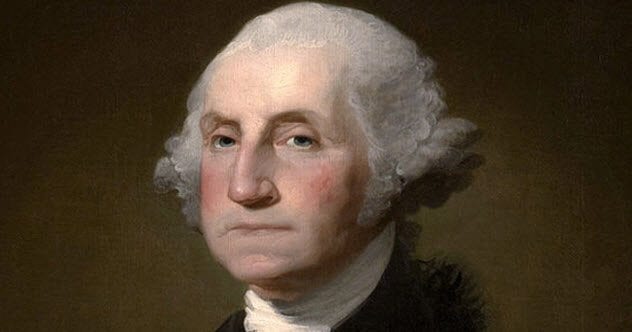Treason, the ultimate betrayal of one’s nation or leader, has shaped the course of history in dramatic and often devastating ways. While Benedict Arnold might be the first name that comes to mind for Americans, the annals of history are filled with individuals whose acts of treachery had far-reaching consequences. Let’s delve into ten infamous acts of treason that have left an indelible mark on our world.
Hippias
The Battle of Marathon stands as a monumental clash between the Greeks and Persians. During this pivotal event, Hippias, an Athenian, committed a treacherous act. He conspired with the Persians, guiding them to the shores of Marathon with the intent of undermining his own city-state.
For his betrayal, Hippias and his sons were branded as traitors, and a bounty was placed on their heads. His name became synonymous with treachery, embodying actions fundamentally aimed at the destruction of Athens. His perfidy makes him a key figure in understanding the stakes of the Greco-Persian Wars.

Alcibiades, Son Of Cleinias
Alcibiades was a prominent Athenian statesman during the Peloponnesian War. Initially, he supported Athens against Sparta, but after being accused of sacrilege by his political foes, he defected to Sparta.
As a military and political advisor for Sparta, he played a crucial role in undermining Athens, significantly contributing to its eventual defeat. However, his penchant for switching allegiances didn’t end there. He later sought refuge in Persia, serving as an advisor before being recalled to Athens and reinstated as a general. Alcibiades’s life was marked by strategic brilliance, marred by treacherous tactics that ultimately led to his assassination.
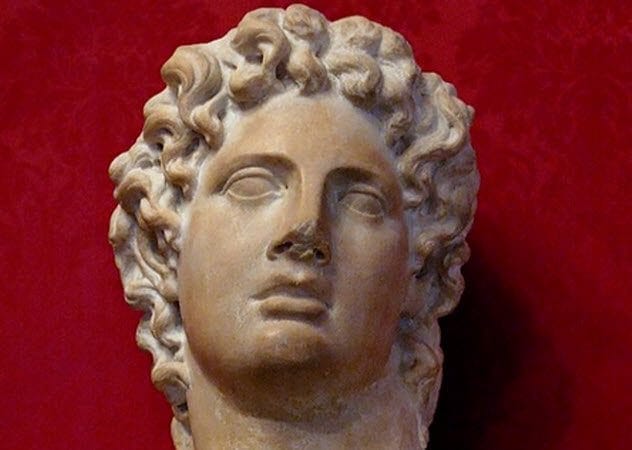
Dona Marina
Dona Marina, also known as La Malinche, was a Nahua woman from the Mexican Gulf Coast who played a significant role in the Spanish conquest of the Aztec Empire. Gifted to Hernán Cortés in 1519, she served as his interpreter, advisor, and eventually, his lover and the mother of his son, Martín.
Her close ties to Cortés and her intimate knowledge of local politics and languages allowed her to facilitate alliances and gather crucial intelligence for the Spanish. However, her actions are viewed by some as a betrayal of her own people, leading to the term “Malinchista” in Mexican culture, synonymous with someone disloyal to their native land. Her legacy remains controversial, embodying the complex dynamics of cultural collision and conquest.
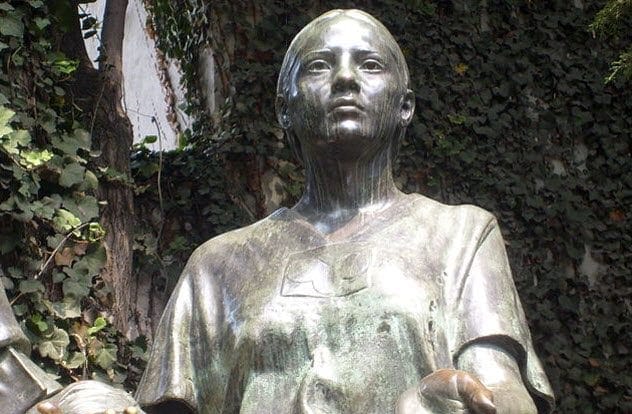
Robert Kett
In 1549, Robert Kett, a landowner in Norfolk, England, found himself at the center of a rebellion sparked by discontent over land enclosures. Initially targeted by the rebels, Kett surprised everyone by joining their cause and quickly emerging as their leader.
Under his command, the rebellion grew into a formidable force of 16,000 strong. They even captured the city of Norwich. However, their success was short-lived. Government forces eventually crushed the uprising, and Kett was captured, convicted of high treason, and hanged from the walls of Norwich Castle.
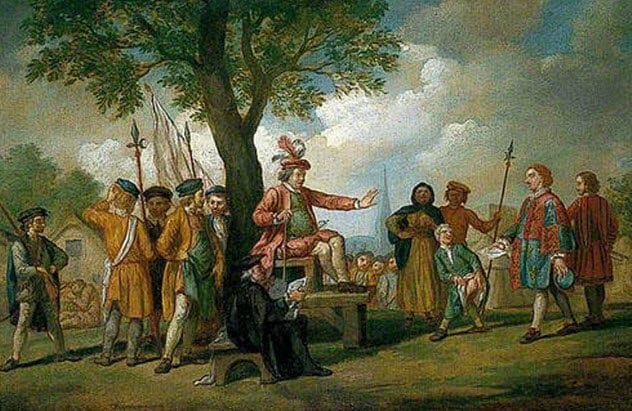
Akechi Jubei Minamoto-no-Mitsuhide
Akechi Mitsuhide, a samurai and general under Oda Nobunaga, is infamous for his betrayal of Nobunaga in 1582. This act led to Nobunaga’s death at Honnoji Temple, marking a significant turning point in the Sengoku period of Feudal Japan.
Driven by personal grievances stemming from public insults by Nobunaga, Mitsuhide seized an opportunity when ordered to attack the Mori clan. Instead, he turned against his master, leading 13,000 soldiers to Honnoji, where Nobunaga was stationed. The temple was surrounded and set ablaze, resulting in Nobunaga’s demise and etching Mitsuhide’s name in history as a symbol of betrayal.
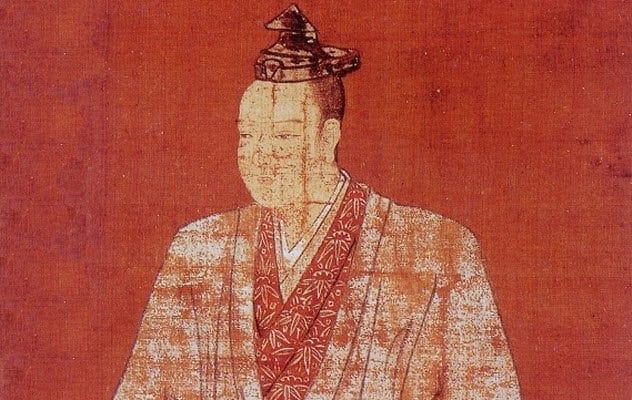
William Maxwell, 5th Earl Of Nithsdale
William Maxwell, a Catholic nobleman, actively participated in the Jacobite Rising of 1715. This uprising aimed to restore the House of Stuart to the throne of England.
Maxwell declared his loyalty to the Jacobites and joined their attack at Hexham, only to be captured at Preston. Found guilty of treason and sentenced to death, Maxwell’s story takes a dramatic turn. With the help of his wife, Lady Winifred Herbert, he daringly escaped from the Tower of London by disguising himself as her maid. He fled to Rome, where he remained until his death, evading the consequences of his treason.

General Martin Francisco Javier Mina y Larrea
Martín Francisco Javier Mina y Larrea, a Spanish attorney who rose to the rank of general, initially fought against the French during the Napoleonic Wars. However, his allegiance shifted when Ferdinand VII abolished the democratic government of Spain. Mina staged a failed coup against the Spanish Crown.
Fleeing to the Americas, he arrived in Mexico and became a key figure in the Mexican War of Independence. Despite claiming his fight was against tyranny rather than the Spanish Empire, Mina was captured, convicted of treason, and executed by firing squad in 1817. He remains a celebrated figure in Mexico’s struggle for independence.
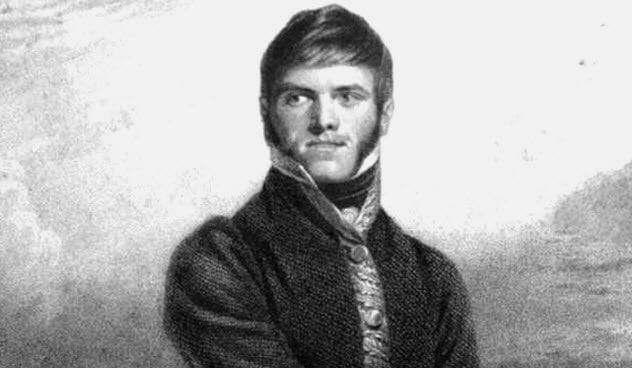
Karel Curda
In 1942, Karel Čurda, a member of the Czech Army, parachuted into Nazi-occupied Czechoslovakia as part of a team tasked with assassinating Reinhard Heydrich, a high-ranking Nazi official. Following the successful assassination, Čurda betrayed his comrades.
He was motivated by the promise of a substantial reward, he informed on his fellow resistance members to the Nazis. This led to the capture and death of numerous resistance fighters and severe reprisals against the Czech population. Čurda’s collaboration continued throughout the war, but he was eventually captured in 1947, tried, and executed for his treasonous actions.
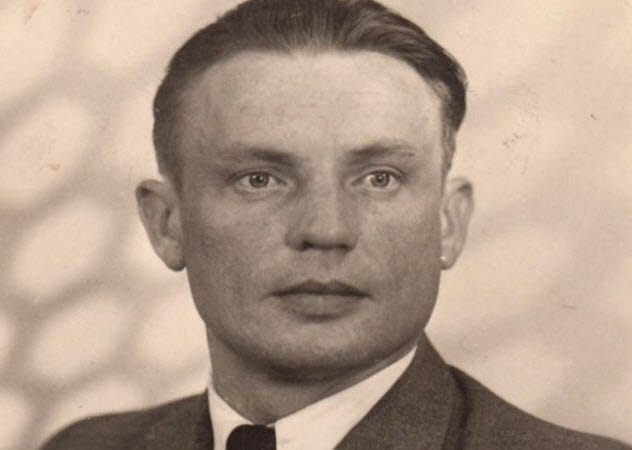
Julius And Ethel Rosenberg
Julius and Ethel Rosenberg were convicted and executed for espionage in the United States for providing information about the U.S. nuclear arms program to the Soviet Union. Their case remains one of the most controversial episodes of the Cold War.
The Rosenbergs were the only individuals executed for espionage during the Cold War. It’s believed that their actions significantly accelerated the Soviet Union’s nuclear weapons program, potentially altering the course and duration of the Cold War.

Marcel Bucard
Marcel Bucard, a French Fascist politician and World War I veteran, became a prominent figure in the French collaboration with Nazi Germany during World War II. He founded the Mouvement Franciste and actively supported the Nazi occupation.
Bucard’s collaboration involved informing on members of the French Resistance and advocating for French forces to join the Waffen SS. After the war, he was charged with treason for his actions, found guilty, and executed by firing squad in 1946 for his role in the deaths of numerous combatants and civilians.
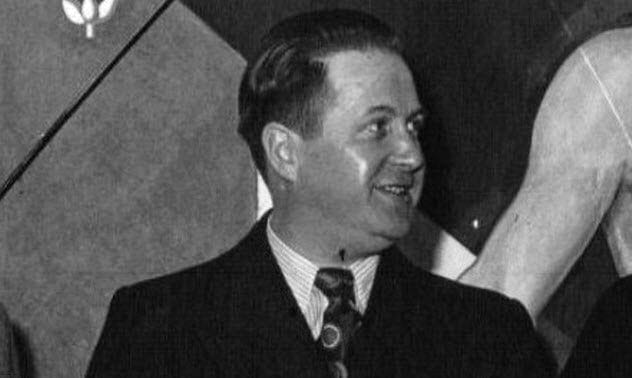
+ George Washington
It’s easy to overlook that one of America’s most revered figures, George Washington, was, in the eyes of the British Crown, a traitor. His leadership during the Revolutionary War, along with the signing of the Declaration of Independence, was seen as an act of treason by the British.
Washington, who had previously fought for the British, chose to cast aside his allegiance and lead the fight for American independence. Like many revolutionaries, he was both a hero and a traitor, depending on which side of the conflict you stood.
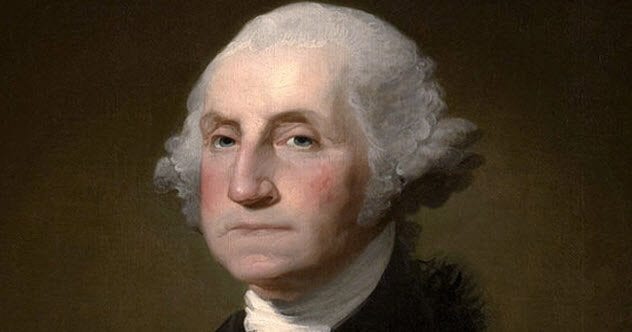
From ancient betrayals to Cold War espionage, these acts of treason highlight the complex and often devastating consequences of disloyalty. Each story serves as a reminder of the high stakes involved when individuals turn against their own, altering the course of history in profound ways.
Which of these acts of treason surprised you the most? Leave your comment below and let us know your thoughts!


